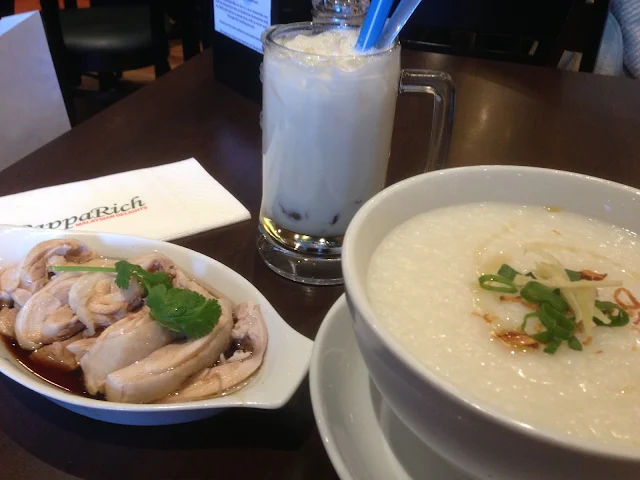It has a unique location, next door to both the WIN Stadium and the WIN Entertainment Centre. It is not far from the harbour of one of Australia's largest regional cities. It has a catchment area of university and college students, surfers, young couples and growing families. The sun seems to be always shining on most days here and it is surrounded by dramatic and scenic land and ocean scapes.
It offers night time diversions to weekend trippers, twenty something year olds and is walkable to the city's main food streets. Tall standing Norfolk pines guard the roads that lead to its door. Welcome to the Brewery. And yes, it does stock Wollongong's own blends and brands of beer in house.
The venue is spacious and offers a variety of preferences - you can sit outside and take in the seaside breezes, daytime or int he evenings. The beers are sourced from FIBC with no added stuff like sugars, preservatives and additives - ala natural, you may say! It has a tradition of offering gutsy summer parties and easy lunchtimes gatherings since the 21st century began. A recent addition, the Bar 1796, honours the year when iconic explorers Matthew Flinders, George Bass and William Martin sailed down the eastern seaboard of the Australian continent in their good old ship the Tom Thumb past this Illawarra Coast. Ladies get proffered special cocktail deals on Friday nights at this Bar. At the other end from this bar is the BoardRoom, with private facilities and function spaces.
The restaurant has been the mainstay at this place as long as I recall. Fish and chips on the outdeck, often with seagulls swirling around on lazy weekend afternoons. You may spot the real Five Islands out there in Wollongong Harbour when the ocean chooses to reveal them. The venue was truly the first commercial brewery in this region. I miss the Long Board, one of the most innovative and satisfying brews from this place. Several of my mates say the grog is better than the food served here, especially if you are out on the town for special occasions and may perhaps have higher expectations. My advice is, if you approach the Brewery like a big pub in a place with rather casual lifestyles, then you manage to about nail it. No stiff upper lips and fancy foodie speak. The best is to obtain seafood platters, tapas and finger food, dwell in the good company and conversation and chill out all that Sydney hype behind.
There is even no need to drive to and from this place, as the free shuttle of Gong bus service passes handily by, though do check the time tables for nights. Like a tasting opportunity, you may even do degustation of the beer variety. Prices have been adjusted for the food menu over the years though but I reckon the Brewery still sits well when we have communal consumption. In the end, the pleasure comes from huddling over tables, laughing over things we cannot do elsewhere and getting a chance to congregate with mates and loved ones.
The Brewery is one of those places on the route in a serious pub crawl - and Wollongong city is hell of a convenient place for such serious crawls. It is integral to the spirit and climate of the NSW South Coast. Summer is approaching - and so do make the most of it! Local rugby league legend Michael Bolt started this idea and business of a restaurant and bar connected with a brewery. He still runs the now stand alone brewery, FIBC, and do ask for the Bulli Black when you next find yourself at this unique place.























